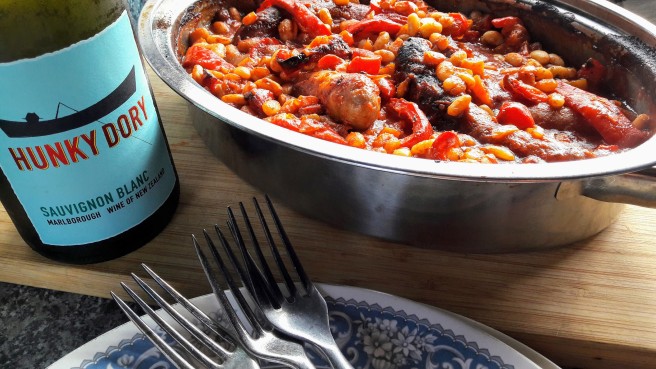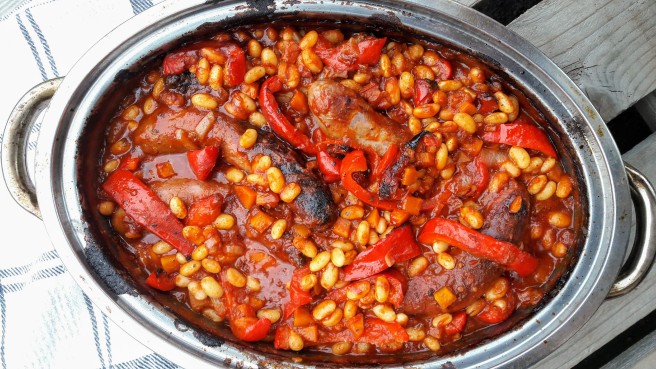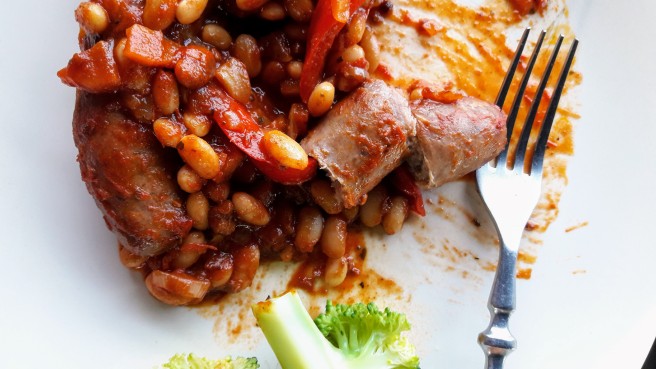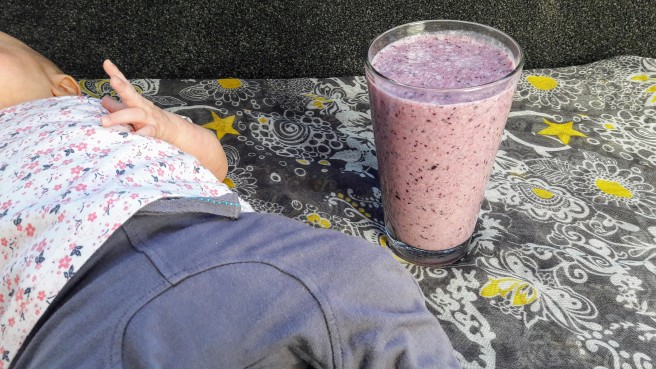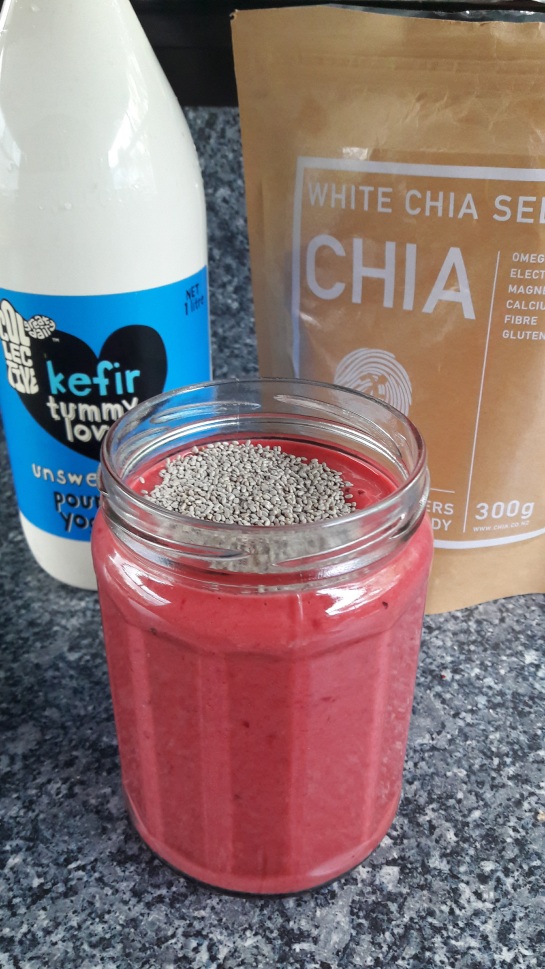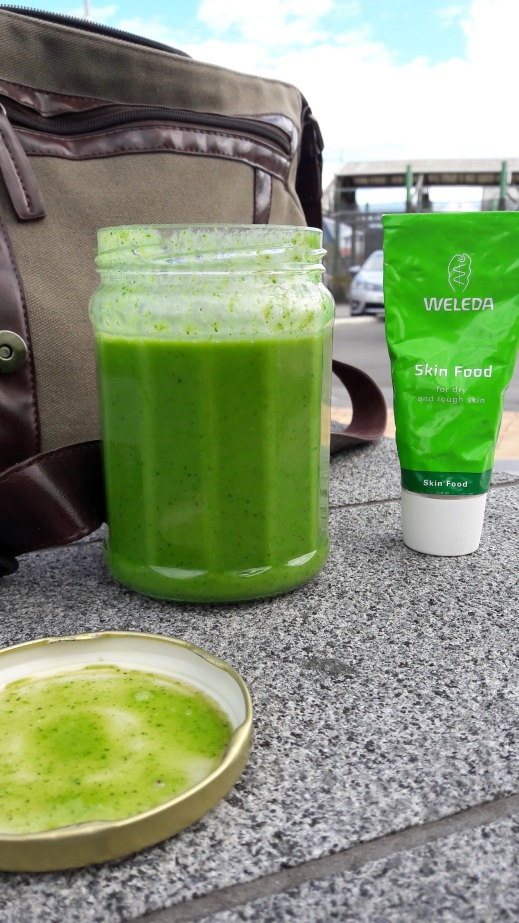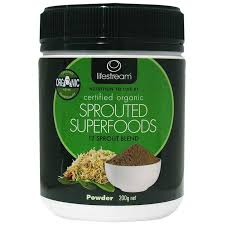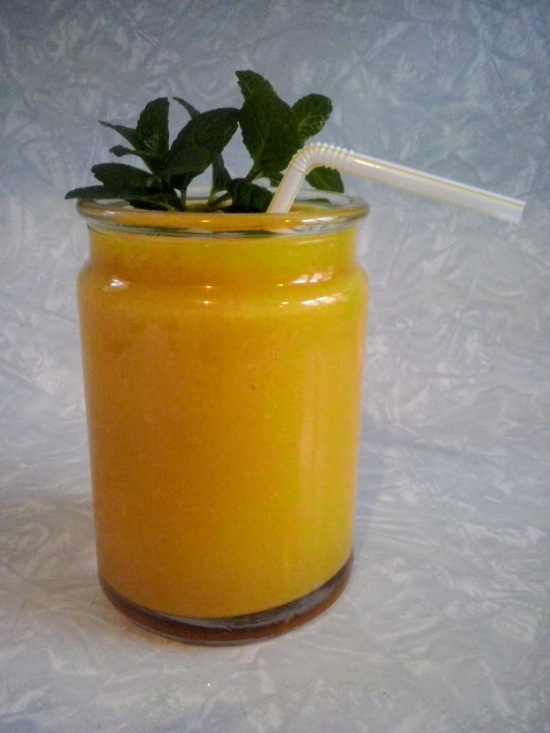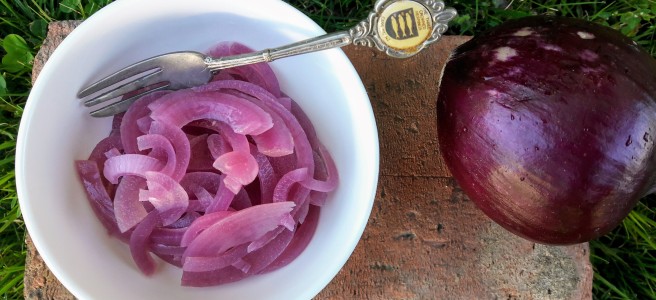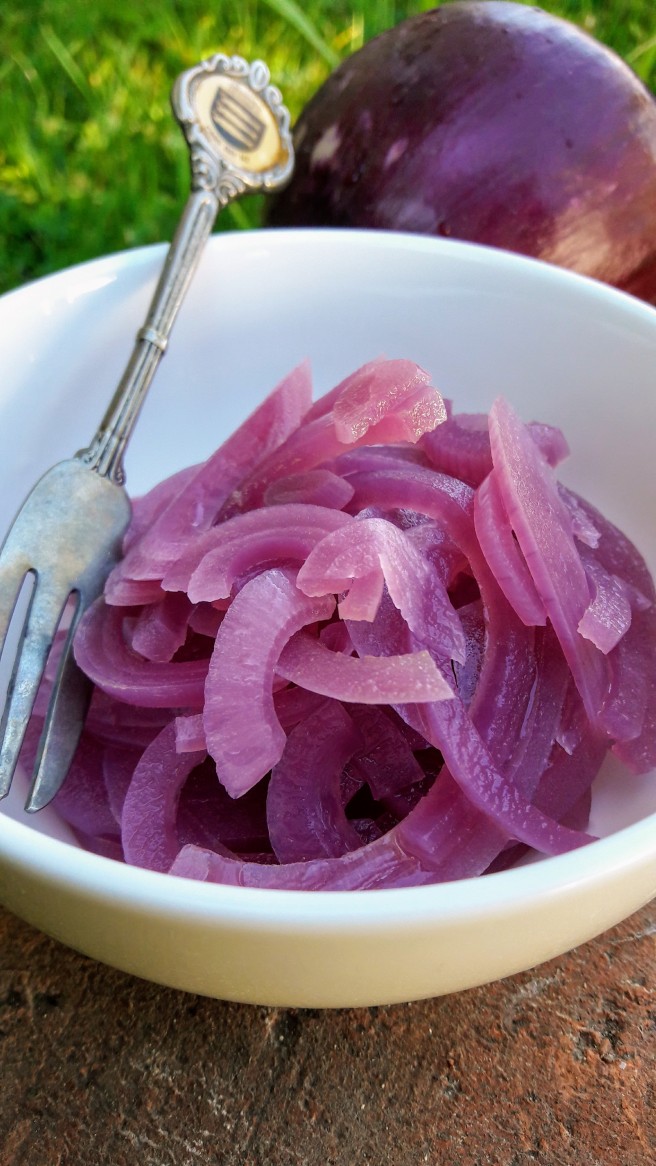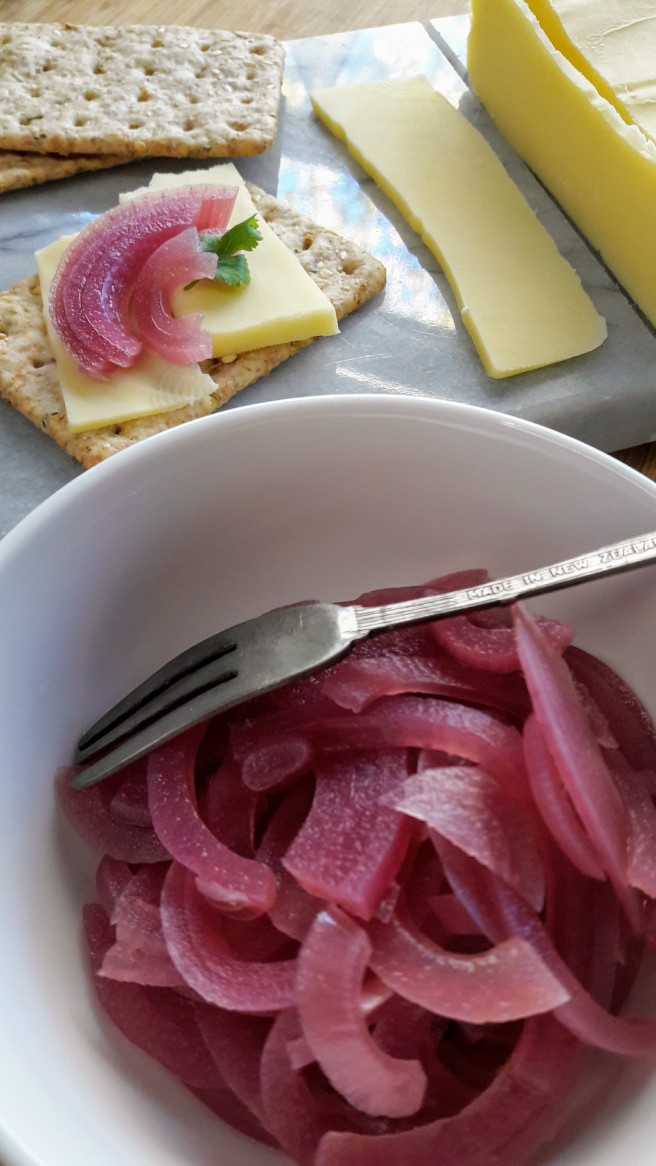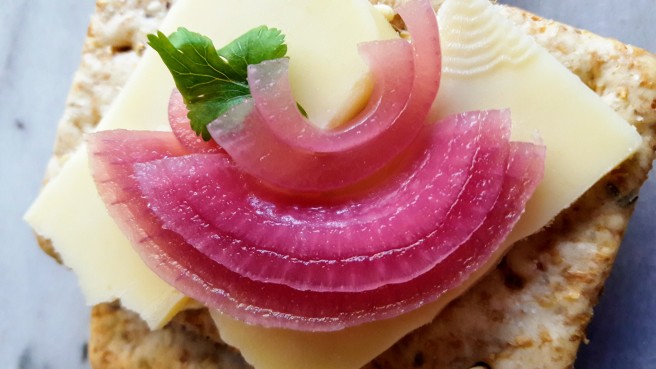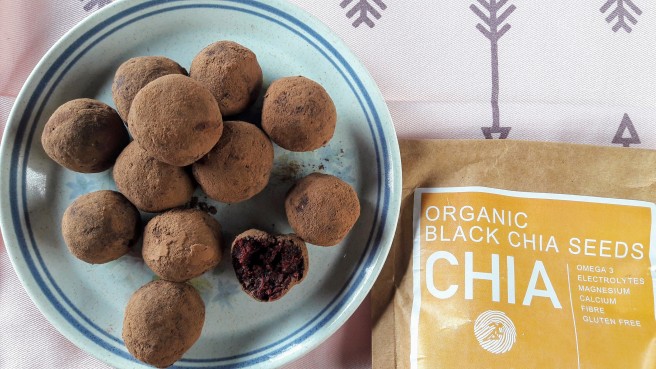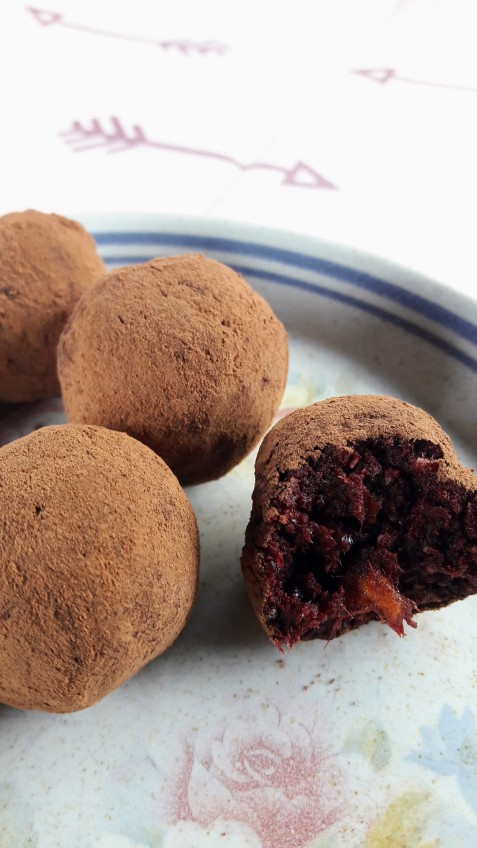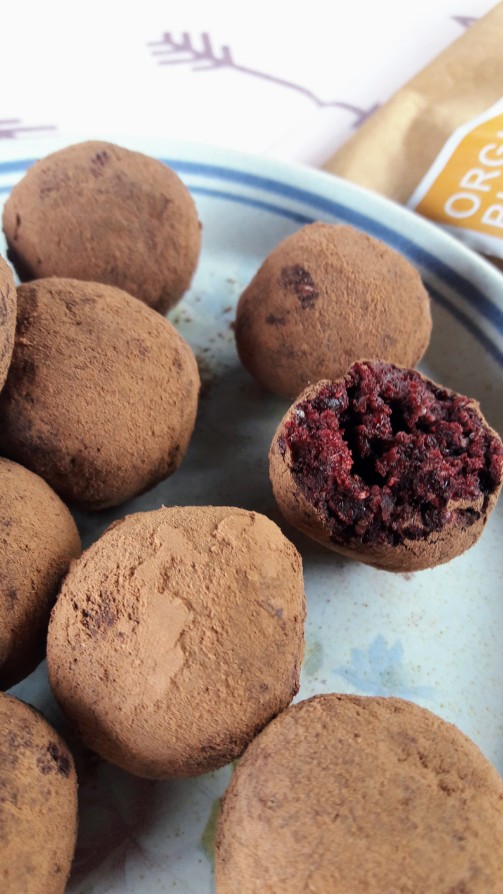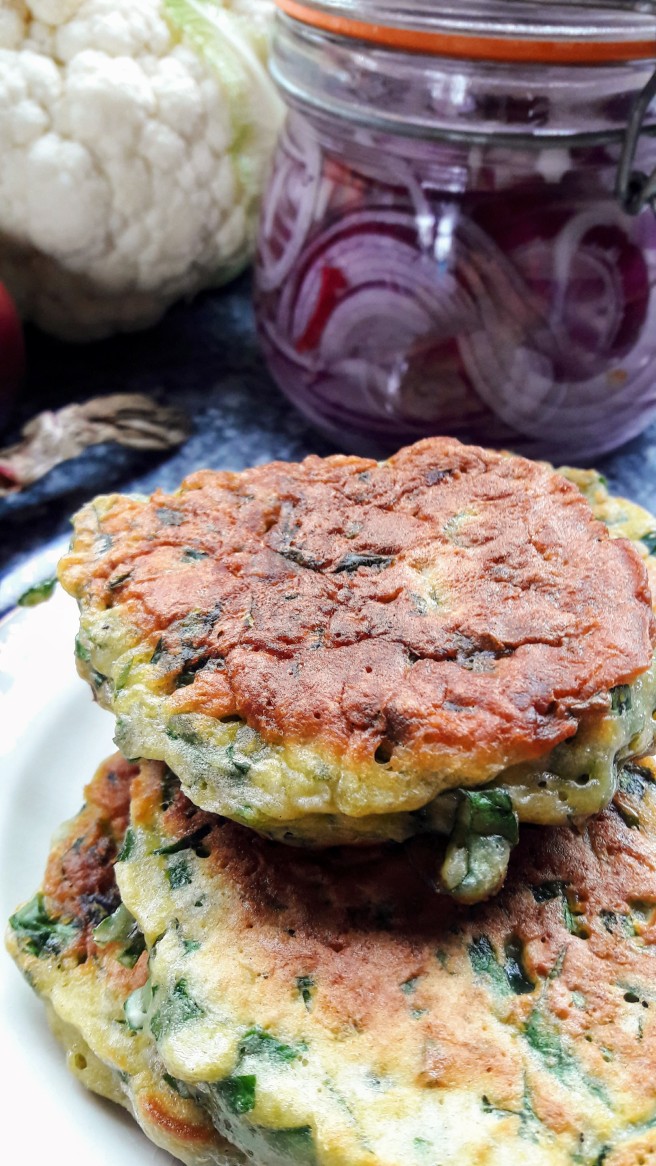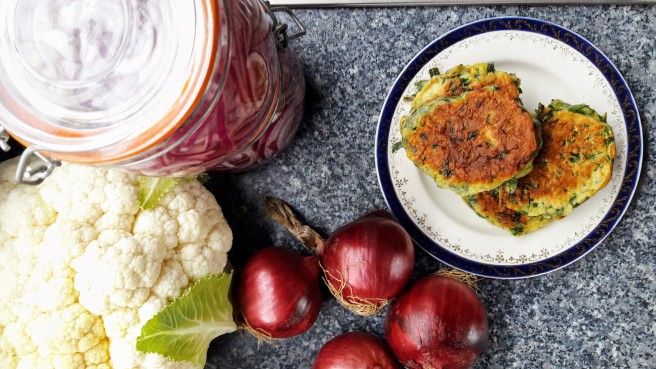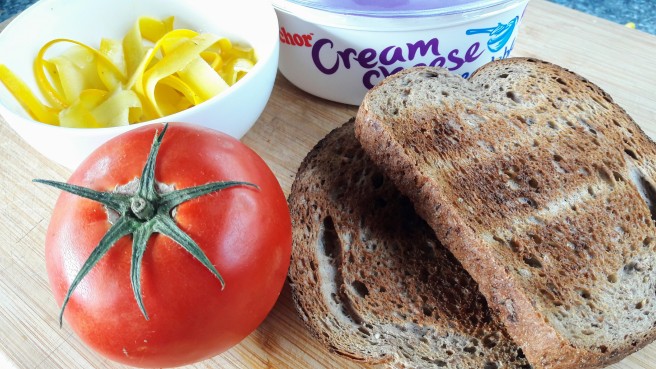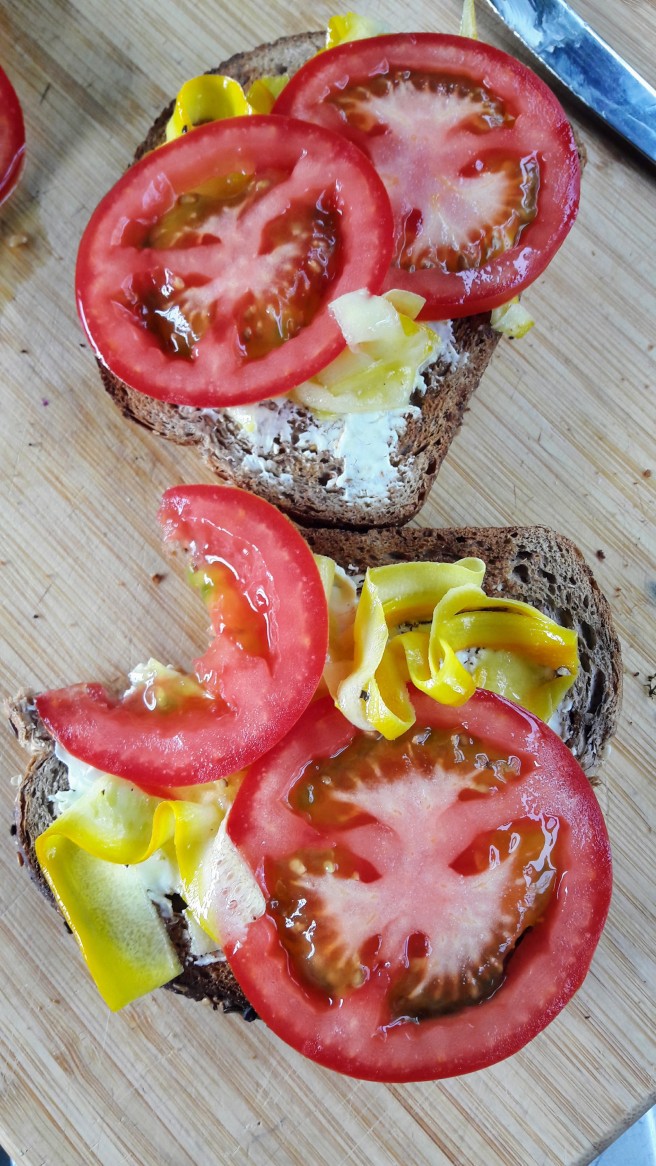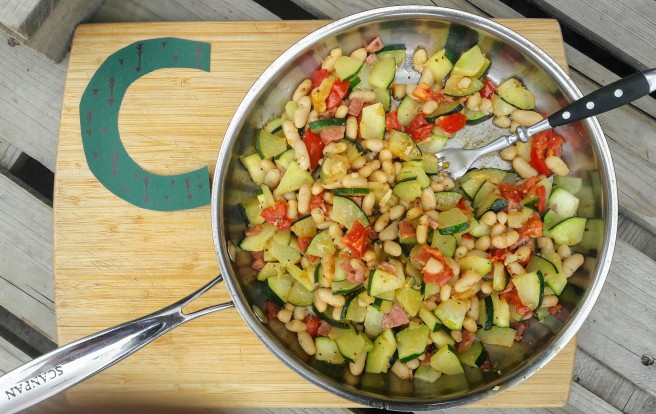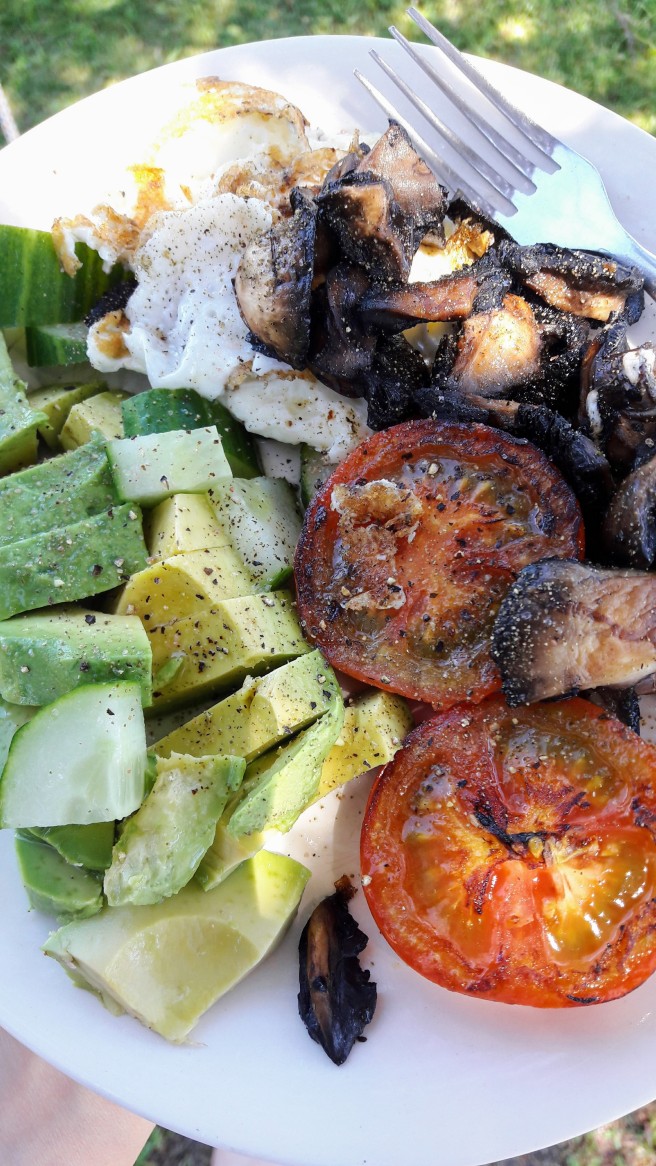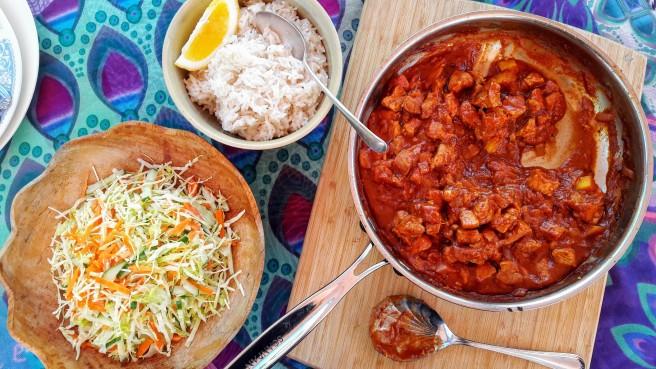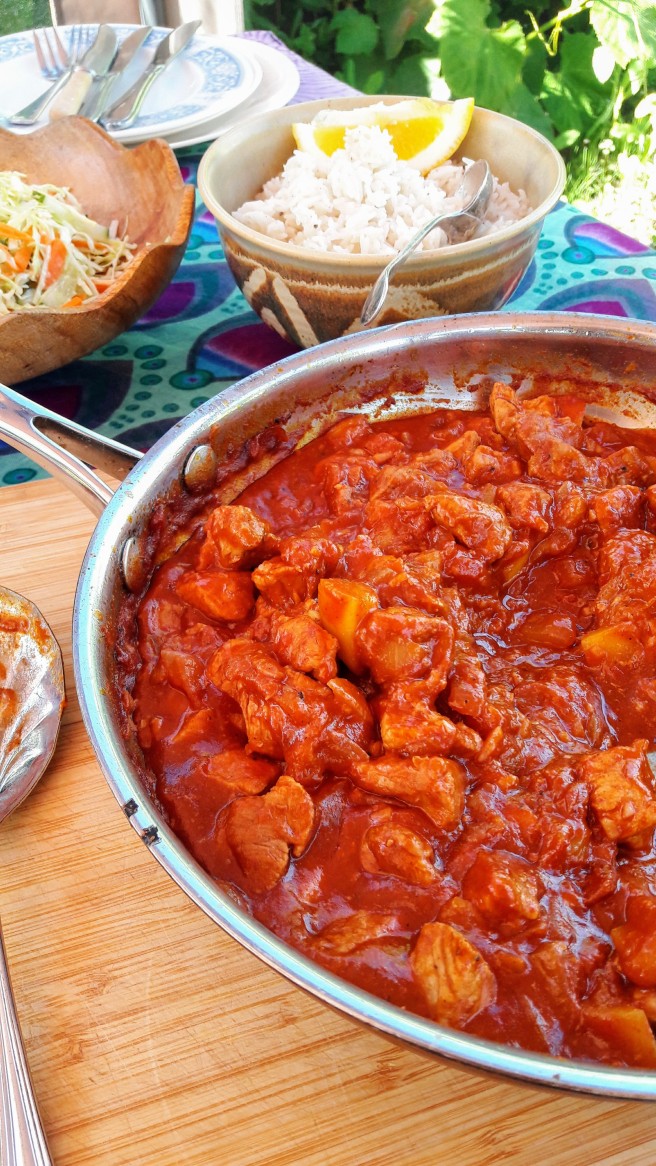I came up with this quick little breakfast treat recipe last winter, and as the cold mornings have slowly been creeping in on us yet again I figured it was time to bring it out once more.
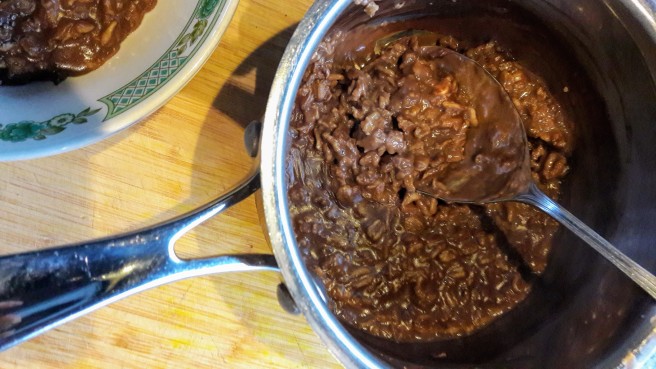
We eat porridge most days during the winter, it is so warm and satisfying on a cold morning. It is quick to make, full of minerals, complex carbs, soluble and insoluble fibre to keep your large intestines happy…..and MEGA BONUS it’s “uber-scroogy” :-).
This winter I am changing my method ever so slightly. I am using whole rolled oats rather than the instant ones and I am soaking the oats over night.
Whole rolled oats are simply less processed than the instant ones and when it comes to food, I truly believe that the closer it is to it’s natural form when you buy it the better. Sure, you are going to soak, cook, mush, mix and mingle it all but at least you are in control.
Soaking the oats makes them cook quicker in the morning; important point number one when there are little people saying, “lets get up and have breakfast Mum, your taking too long”. Important point number two – it activates the phytase enzyme and begins the process of breaking down the grain. This makes them easier to digest and decreases the phytic acid which binds minerals and enzymes in your body.

One more quick tip before we get to the recipe, I have started adding a knob of butter to my porridge in morning :-). It adds a little good healthy fat to the meal which as we know, aids the absorption of fat soluble vitamins and provides the building blocks for brain and nerve cells.
Also butter is a good dietary source of vitamin D. If it is pastured raised that is, which in New Zealand thankfully all our butter is. Vitamin D is critical for the absorption of minerals, particularly calcium. So the vitamin D then becomes anther factor fighting against the mineral binding powers of the phytic acid.
on a little side note, the more I study nutritional science and health, the more I am amazed at how simple and yet complex it all is. We truly were designed to eat a varied diet, and more often than not, things that our ancestors did out of tradition or habit or whatever, have proven to have massive health benefits. Just as people and communities work together better when they help each other out, so do vitamins, minerals and other nutrients.
Learning the art of FOOD COMBINING could be the key to thriving health.
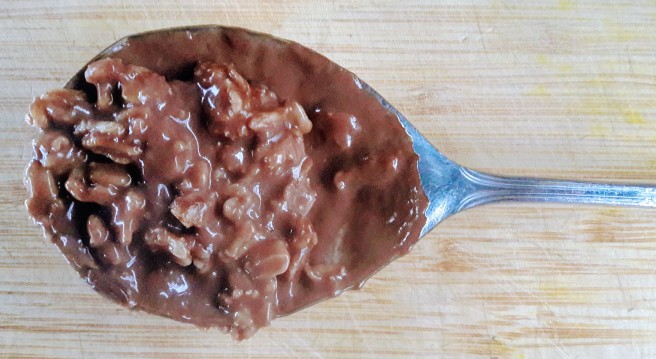
So lets get to the recipe:
Chocolate Custard Porridge
- 1 cups whole rolled oats – soaked overnight in water
- 1/2 TBSP Butter
- 1 TBSP Fair-trade Cocoa Powder
- 1 tsp honey
- 1/2 tsp of salt – or to taste
- sprinkle of cinnamon
- 1/2 cup milk
- 1/2 cup water
Drain the soaking water off the oats and put them into a pot. Add all the other ingredients and bring to a simmer. Simmer and stir for 5 minutes until the oats are super soft and drowning in thick chocolatey sauce.
I like to think of porridge as a blank canvas, much like toast. It is not meant to be eaten as is, though I like it that way as well, but spice it up a little with some awesome toppings.
I like chia seeds for protein and omega – 3’s, some fruit (banana goes great with this chocolate porridge) and some natural yogurt for protein, extra calcium and a does of probiotics.
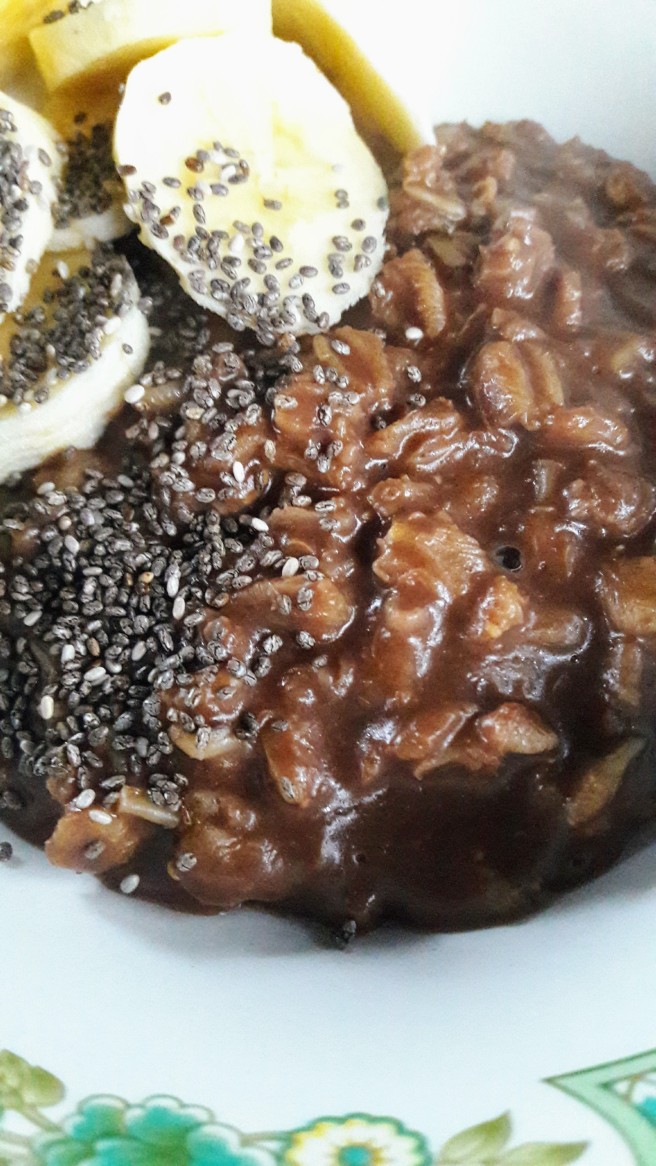
Comment and share how you like your oats. What other awesome oaty ideas are out there to make WINTER BREAKFAST amazing???

